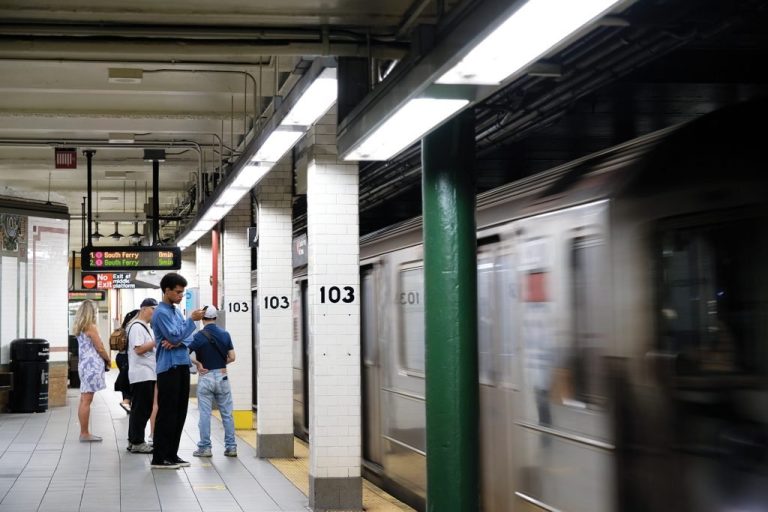
[ad_1]

The religious landscape
Religiously, New York City breaks down this way: 59 percent Christian, 16 percent non-Christian (such as Jewish, Muslim, Buddhist and Hindu), 24 percent with no faith and 1 percent who “don’t know,” according to the Pew Research Center.
Catholics (33 percent of the population) constitute the largest share of Christians, followed by evangelical Protestants (9 percent), mainline Protestants (8 percent) and historically Black Protestants (6 percent), based on Pew’s Religious Landscape Study, conducted in 2007 and 2014.
Members of a cappella Churches of Christ — with about 1.4 million men, women and children in the pews nationwide — make up just a tiny fraction of New York City residents.
Thirty or so congregations with roughly 2,200 adherents are scattered throughout the city’s five boroughs, according to a national directory published by 21st Century Christian. Reflecting the Big Apple’s diversity, those churches include Ghanaian, Haitian, Korean, Russian and Spanish groups.
Robinson lights up when talking about the Upper West Manhattan church’s diversity.
“We’ve got Filipinos, Indians, Nigerians, Puerto Ricans, Caucasians,” he said. “I mean, we have a little bit of everything — and we all just get along, and we love each other, and it’s just really great.”
That love takes precedence over minor theological differences, church leaders said.
“It’s neat being in New York because the number of New Testament Christians is so much fewer than other places,” said Tim Norman, 62, a former CPA who previously preached in Arizona, Arkansas, Louisiana and Texas. “You really value each other a lot more than you do sometimes in other places.”
Upper West Manhattan characterizes itself as a non-institutional church.
In general, such churches oppose congregational funding of orphanages and Christian colleges as well as missionary cooperatives that make use of a “sponsoring church.”
The institutional vs. non-institutional debate raged among Churches of Christ in the 1950s, but the fight loses relevance in a mission setting such as New York.
“The brethren are a lot more willing to sacrifice what they consider expediencies for fellowship and unity,” Norman said. “And a lot of the things that become issues that disrupt fellowship in other places are just not allowed to take root here.”
[ad_2]
Source link